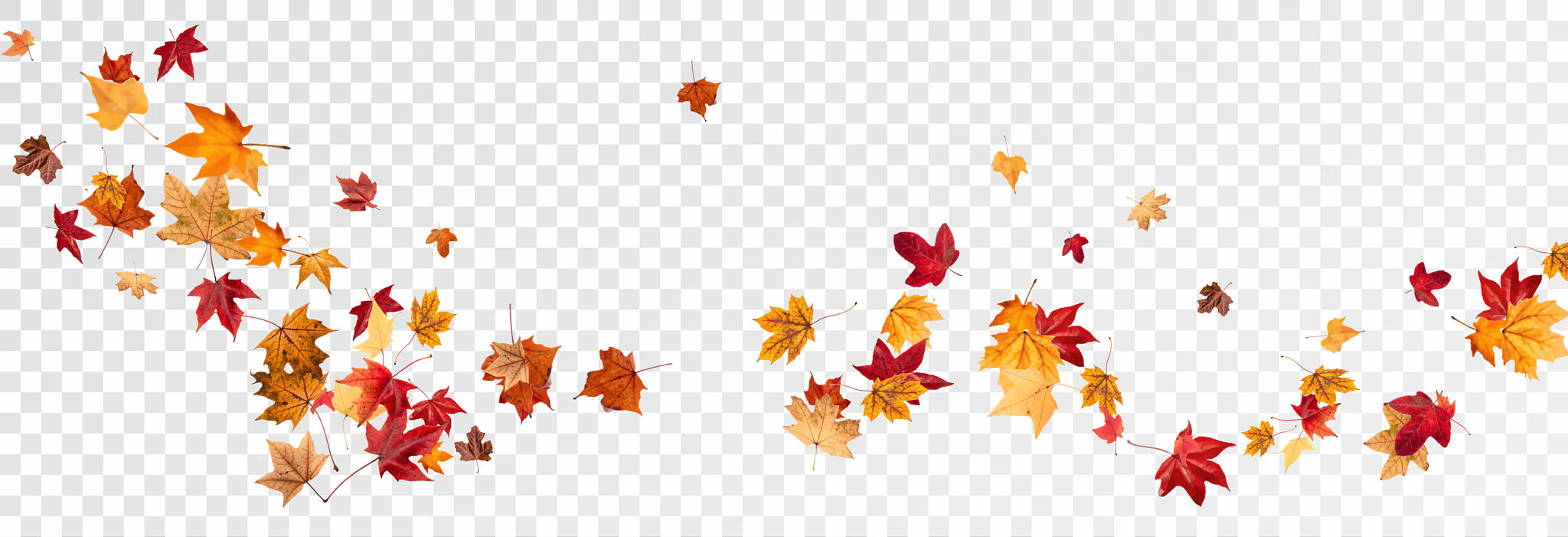How Omaha's Climate Affects In-Home Care Needs: Seasonal Tips
Understanding Omaha's Climate
Omaha, Nebraska, experiences a diverse climate that significantly impacts in-home care needs throughout the year. With its humid continental climate, the city witnesses four distinct seasons, each bringing unique challenges and opportunities for those providing and receiving in-home care. Understanding these seasonal variations can help caregivers prepare better and ensure optimal comfort and safety for their clients.

Winter: Keeping Warm and Safe
Winter in Omaha is characterized by cold temperatures and occasional snowstorms. For in-home care providers, it is crucial to ensure that their clients remain warm and safe during these months. Ensuring that heating systems are functioning properly and that there are adequate supplies of blankets and warm clothing is essential. Additionally, preventing slips and falls becomes a priority, making it necessary to keep walkways clear of snow and ice.
Here are some tips for winter care:
- Regularly check heating systems to ensure they are working efficiently.
- Stock up on essential supplies like blankets and warm clothing.
- Ensure walkways and driveways are free from snow and ice to prevent falls.
Spring: Embracing Fresh Air
Spring brings a much-needed respite with milder temperatures and blossoming flora. This is an ideal time to encourage clients to enjoy some fresh air and engage in outdoor activities, which can boost mood and overall well-being. However, caregivers should also be aware of allergies that can be prevalent during this season.

Managing spring allergies involves:
- Keeping windows closed on high pollen days.
- Using air purifiers to reduce indoor allergens.
- Ensuring medications are on hand for allergy relief.
Summer: Staying Cool and Hydrated
Summers in Omaha can be hot and humid, posing risks such as dehydration and heat exhaustion, particularly for vulnerable individuals. Caregivers should prioritize keeping their clients cool and ensuring they remain adequately hydrated. This includes monitoring fluid intake and utilizing fans or air conditioning to maintain a comfortable environment.

Important summer care tips include:
- Encouraging regular water consumption throughout the day.
- Using fans or air conditioning to maintain a cool indoor temperature.
- Avoiding outdoor activities during peak heat hours.
Fall: Preparing for Cooler Days
As fall approaches, temperatures begin to drop, signaling the need for caregivers to start preparing for the colder months ahead. This transitional period is perfect for performing maintenance on heating systems and ensuring that homes are well-insulated. Fall is also an ideal time to check and update any emergency plans or supplies in preparation for winter.
Key fall preparation steps include:
- Inspecting and servicing heating systems before winter arrives.
- Ensuring windows and doors are properly insulated to retain warmth.
- Reviewing emergency plans and updating supplies if necessary.

Adapting Care Strategies Seasonally
The changing seasons in Omaha require caregivers to adapt their strategies to ensure the health, comfort, and safety of those they care for. By understanding the specific challenges posed by each season, in-home care providers can proactively address issues before they arise, ultimately enhancing the quality of life for their clients.
By staying informed about Omaha's climate patterns and implementing these seasonal tips, caregivers can create a supportive and nurturing environment that meets the evolving needs of their clients throughout the year.